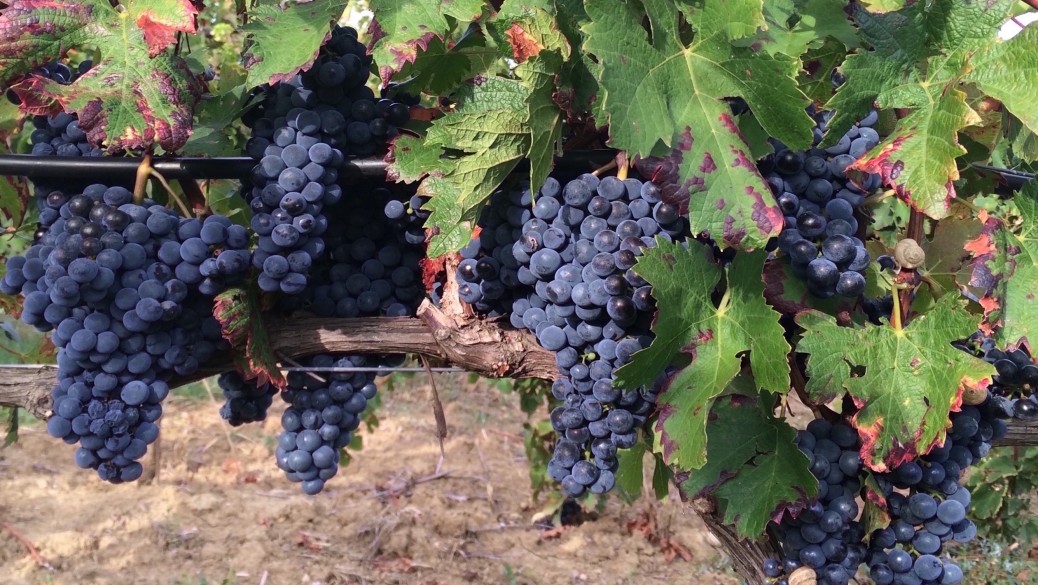Knowledge, Information and Experience
A grape is a fruit, botanically a berry, of the deciduous woody vines of the flowering plant genus Vitis.
Grapes can be eaten fresh as table grapes or they can be used for making wine, jam, juice, jelly, grape seed extract, raisins, vinegar, and grape seed oil. Grapes are a non-climacteric type of fruit, generally occurring in clusters.
History – The cultivation of the domesticated grape began 6,000–8,000 years ago in the Near East. Yeast, one of the earliest domesticated microorganisms, occurs naturally on the skins of grapes, leading to the discovery of alcoholic drinks such as wine. The earliest archeological evidence for a dominant position of wine-making in human culture dates from 8,000 years ago in Georgia.
The oldest known winery was found in Armenia, dating to around 4000 BC. By the 9th century AD the city of Shiraz was known to produce some of the finest wines in the Middle East. Thus it has been proposed that Syrah red wine is named after Shiraz, a city in Persia where the grape was used to make Shirazi wine.
Ancient Egyptian hieroglyphics record the cultivation of purple grapes, and history attests to the ancient Greeks, Phoenicians, and Romans growing purple grapes both for eating and wine production. The growing of grapes would later spread to other regions in Europe, as well as North Africa, and eventually in North America.
In North America, native grapes belonging to various species of the genus Vitis proliferate in the wild across the continent, and were a part of the diet of many Native Americans, but were considered by early European colonists to be unsuitable for wine. In the 19th century, Ephraim Bull of Concord, Massachusetts, cultivated seeds from wild Vitis labrusca vines to create the Concord grape which would become an important agricultural crop in the United States.
Description – Grapes are a type of fruit that grow in clusters of 15 to 300, and can be crimson, black, dark blue, yellow, green, orange, and pink. “White” grapes are actually green in color, and are evolutionarily derived from the purple grape. Mutations in two regulatory genes of white grapes turn off production of anthocyanins, which are responsible for the color of purple grapes.[9] Anthocyanins and other pigment chemicals of the larger family of polyphenols in purple grapes are responsible for the varying shades of purple in red wines. Grapes are typically an ellipsoid shape resembling a prolate spheroid.
Grapevines – Most grapes come from cultivars of Vitis vinifera, the European grapevine native to the Mediterranean and Central Asia. Minor amounts of fruit and wine come from American and Asian species such as:
1. Vitis amurensis, the most important Asian species
2. Vitis labrusca, the North American table and grape juice grapevines (including the Concord cultivar), sometimes used for wine, are native to the Eastern United States and Canada.
3. Vitis mustangensis, (the mustang grape) found in Mississippi, Alabama, Louisiana, Texas, and Oklahoma
4. Vitis riparia, a wild vine of North America, is sometimes used for winemaking and for jam. It is native to the entire Eastern U.S. and north to Quebec.
5. Vitis rotundifolia (the muscadines) used for jams and wine, are native to the Southeastern United States from Delaware to the Gulf of Mexico.
Tags: Abundance Consciousness Flow










